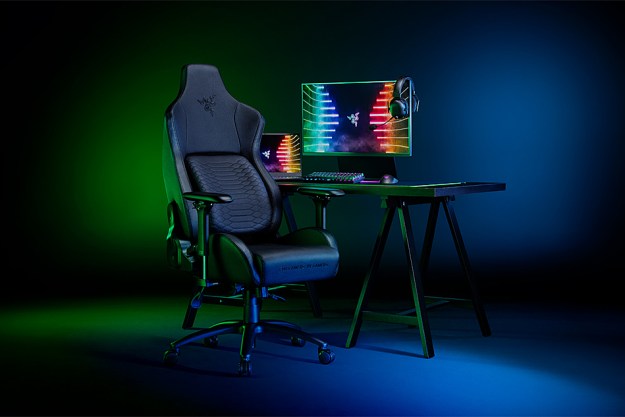
Chris Hutcheson, his sons Adam and Chris, and his daughter Orlanda Butland are now facing legal repercussions for the “illegal interception of messages on computers,” the Guardian reports. The Met police said in a statement, “The charges follow allegations that between 23 October 2010 and 3 March 2011, they conspired together to cause a computer to access programs and data held in any computer without authority, contrary to section 1(1) of the Criminal Law Act 1977.”
It’s a long fall from grace for Hutcheson, who served as the CEO of Gordon Ramsay Holdings for many years. But back in October 2010, Ramsay fired his father-in-law, claiming that his computers had been hacked and that Hutcheson was behind the leaking of emails between Ramsay and his wife (who happens to be Hutcheson’s daughter).
Charges facing the Hutcheson family manifested following an investigation conducted by detectives working on Operation Tuleta, which was initially started to investigate claims of hacking at newspapers. It’s one of several operations that launched following reports of phone hacking with regard to the United Kingdom media.
Chris, Adam, and Chris Hutcheson, along with Orlanda Butland, are scheduled to make an appearance at Westminster magistrates court on March 14. So let this serve as a warning to angry family members everywhere — there are apparently no ties that are strong enough to justify breaking into someone else’s inbox. Especially if that someone else is known for his temper.
Editors' Recommendations
- Intel reports new computing breakthroughs as it pursues Moore’s Law
- Massive ‘Blueleaks’ trove of law enforcement documents leaked


